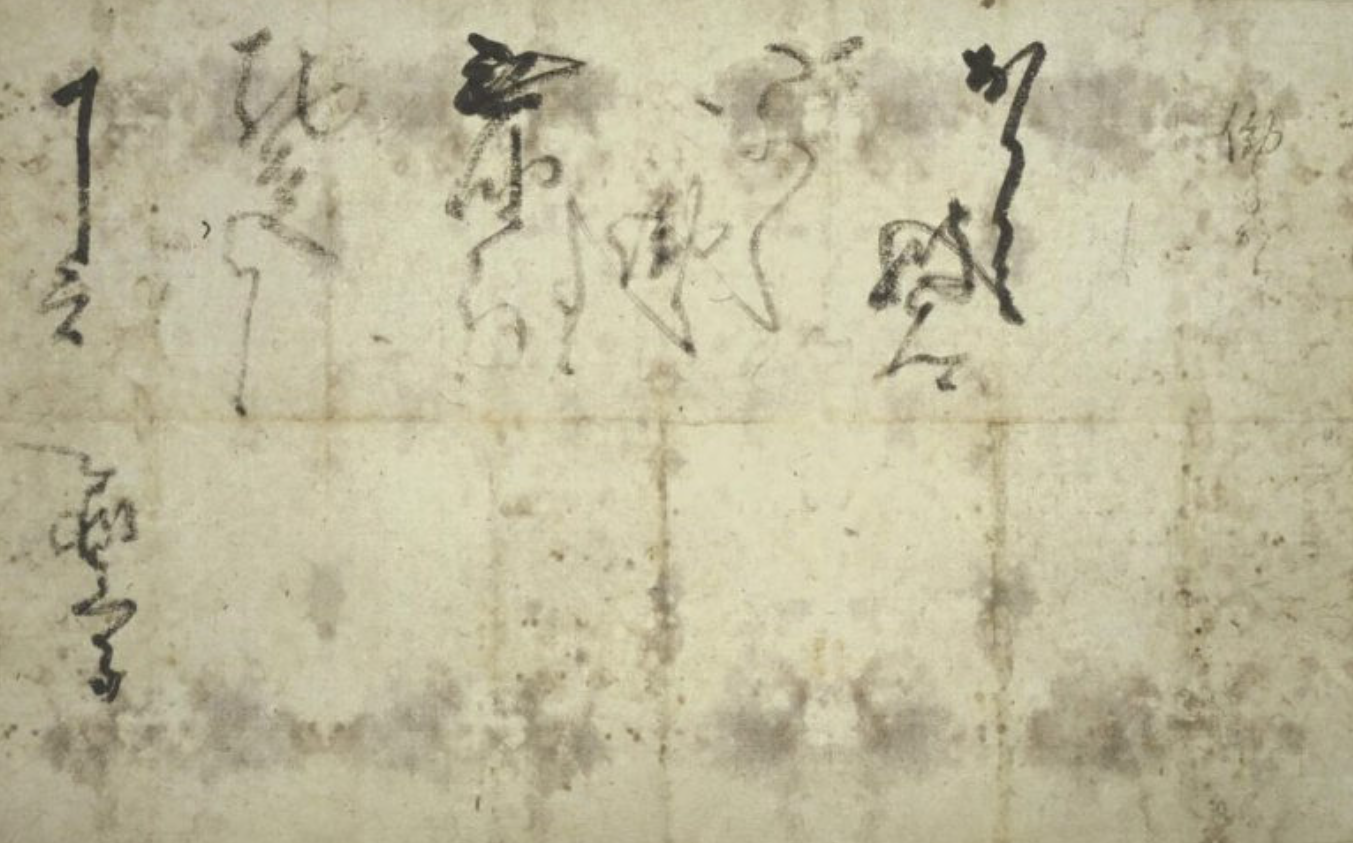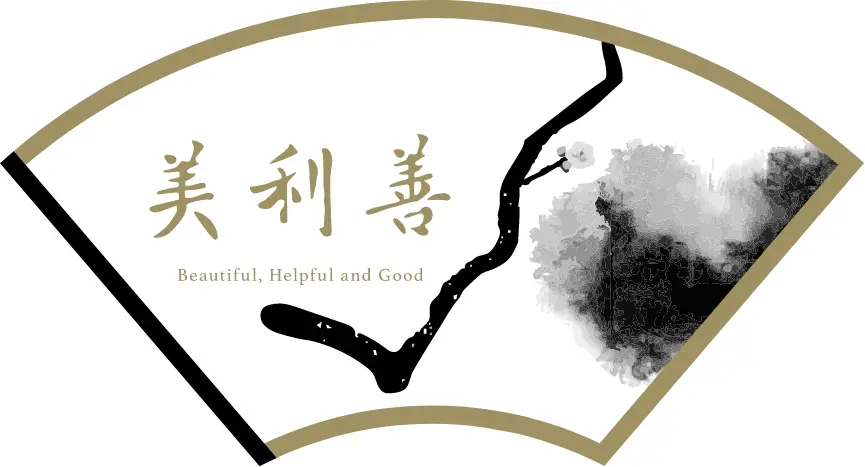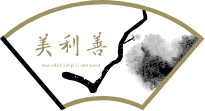What can be done with cultural heritage and cutting-edge technology? -Part 1

It is estimated that there are approximately 800 surviving original documents (including those written by retainers on behalf of Oda Nobunaga (1534-1582), a military commander who represented the Azuchi-Momoyama period, hereafter referred to as “Nobunaga documents”) that have been confirmed to exist.
Sixty of these documents are part of the Hosokawa family collection, including four letters addressed to individuals other than Hosokawa Fujitaka (1534-1610) and his son, Tadaoki. All of these documents are currently on display at the current autumn exhibition. Despite it being a weekday, the Eiseibunko Museum (Mejirodai, Bunkyo-ku, Tokyo) was filled with a diverse range of visitors of all ages.
The handwritten documents, which are over 400 years old, emanated a profound sense of history. I was once again impressed by the remarkable impact of the original documents and came to appreciate the significant insights that can be gained from textual information alone.
In one letter, he worries about his way how to fix things with his lord, Ashikaga Yoshiaki (1537-1597), asking himself, “Was this the right thing to do?” In another letter, he angrily remembers the betrayal of Takeda Shingen (1521-1573), who had died two years earlier, calling it “a recent source of frustration.” Reading these documents, I felt as though I was hearing Nobunaga’s own voice.
Furthermore, the orders from Nobunaga to attack the Ikko-Ikki uprising and Tottori Castle, as well as the reports from his retainers, vividly depicted the reality of the Warring States period.
In contrast, the opening handwritten document, written with a boldness that seems to say “Well done!”, conveys Nobunaga’s extraordinary expectations for Hosokawa Tadaoki (1563-1645), who was in his teens at the time. It is as if I can see the young warrior’s face, filled with joy and pride, upon receiving it.
It is also worth noting that Oda Nobunaga is a figure whose impression and reputation vary considerably depending on the perspective of the individual assessing them. The 56 letters included in this exhibition represent only about 7% of the surviving originals that have been confirmed to exist. These are the letters written by Nobunaga to the Hosokawa family.
If all the original documents, approximately 800 in total, were to be brought together into a single database, we might be able to gain further insights from the prominent figures who lived through this turbulent era.
Interestingly, Hosokawa Tadatoshi (1586-1641), the successor to Fujitaka and Tadaoki and the first lord of the Kumamoto domain, was determined to collect the Nobunaga documents that had been dispersed at the time and centralize their management in Kumamoto. Inspired by this, in the next article, I will use generative AI to introduce some of the historical documents related to Oda Nobunaga that were disseminated in Europe through the Jesuits and the East India Company during the same period.
Image Source: Cultural Heritage Online
Important Cultural Property “Letter of Commendation written in Oda Nobunaga’s own hand addressed to Nagaoka Yoichiro (Hosokawa Tadaoki), Dated 1577 (Tensho 5), the 10th month, 2nd day”, Eisei Bunko Museum collection

